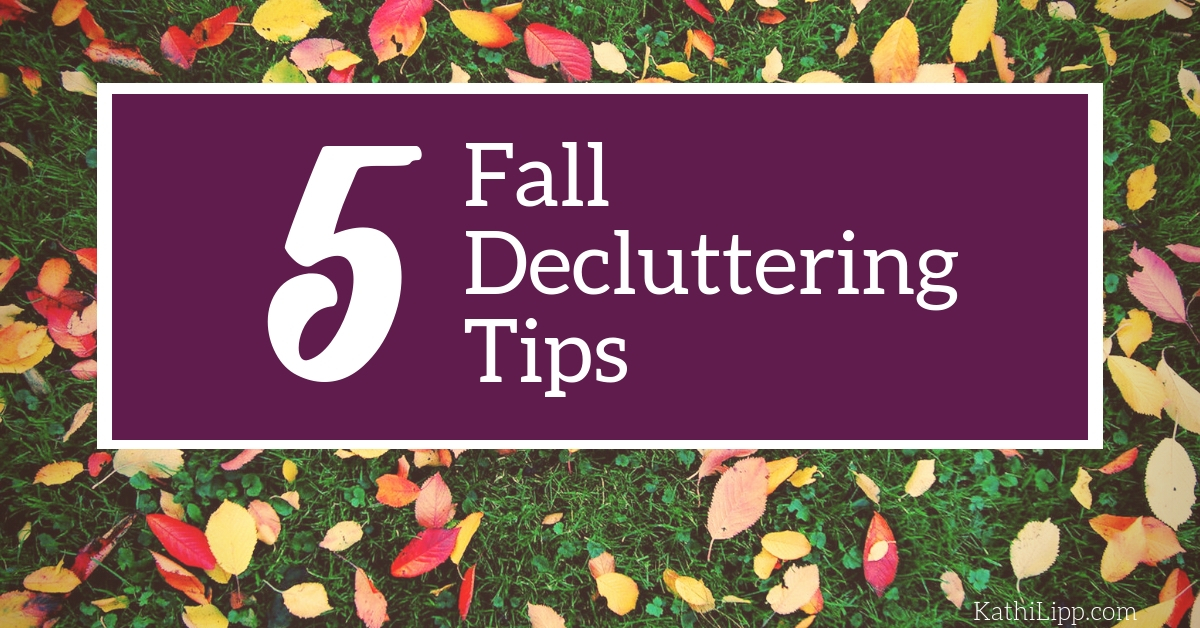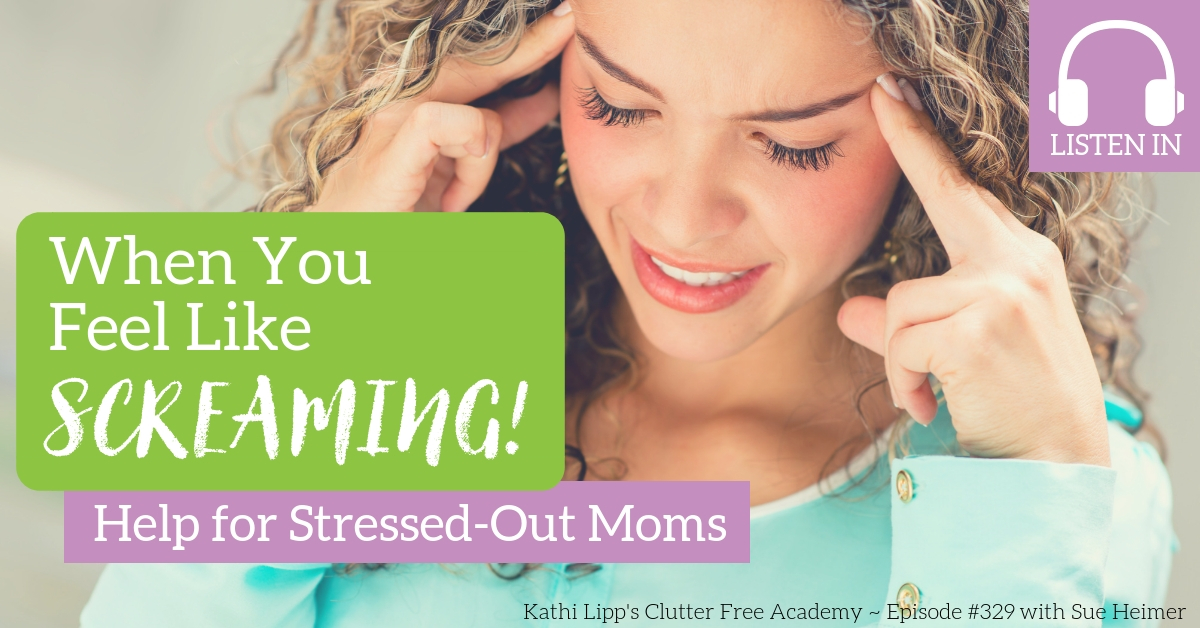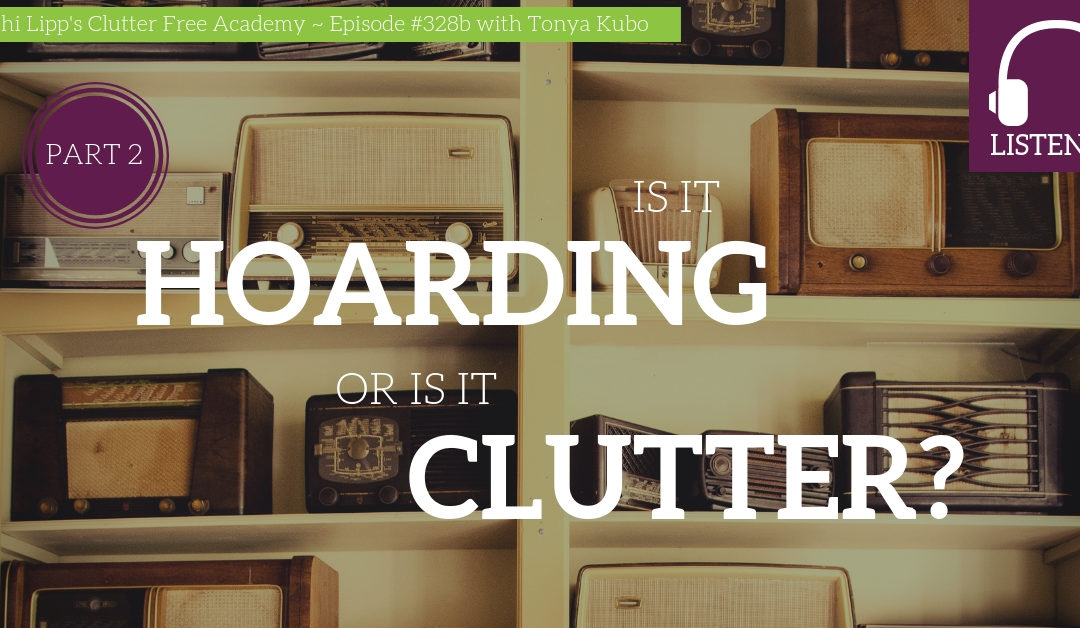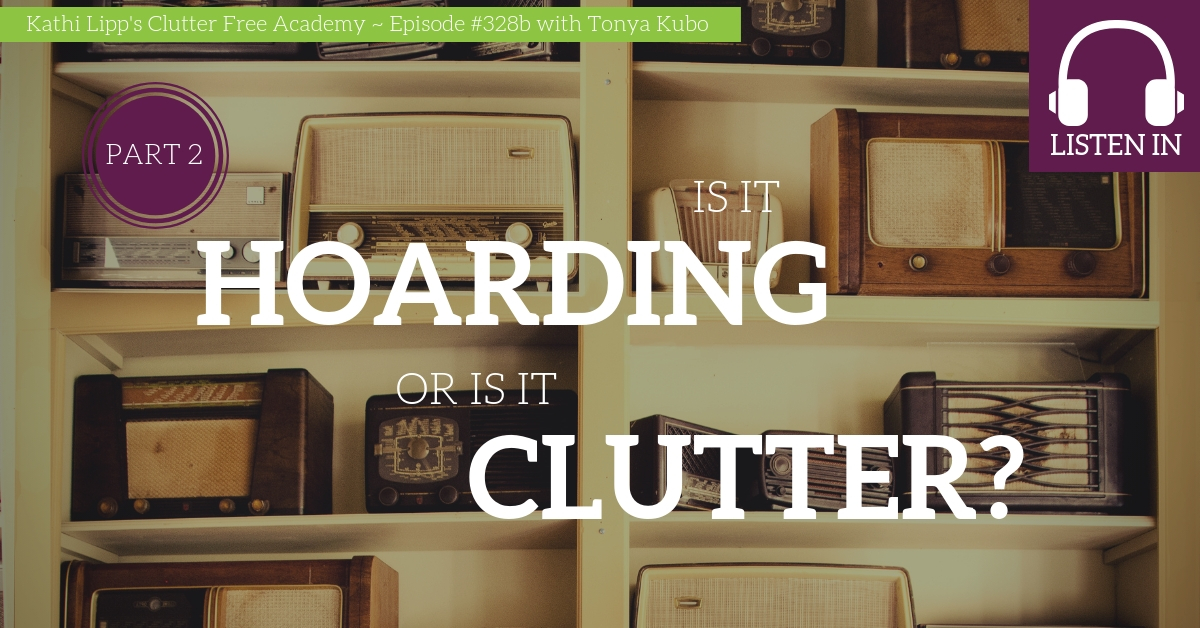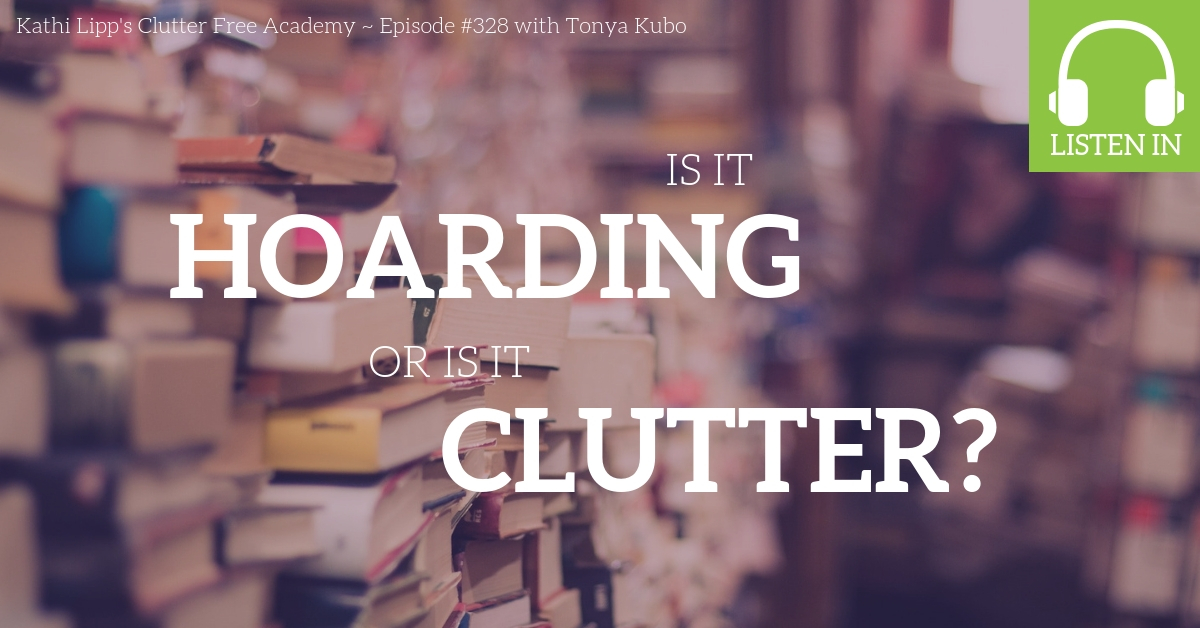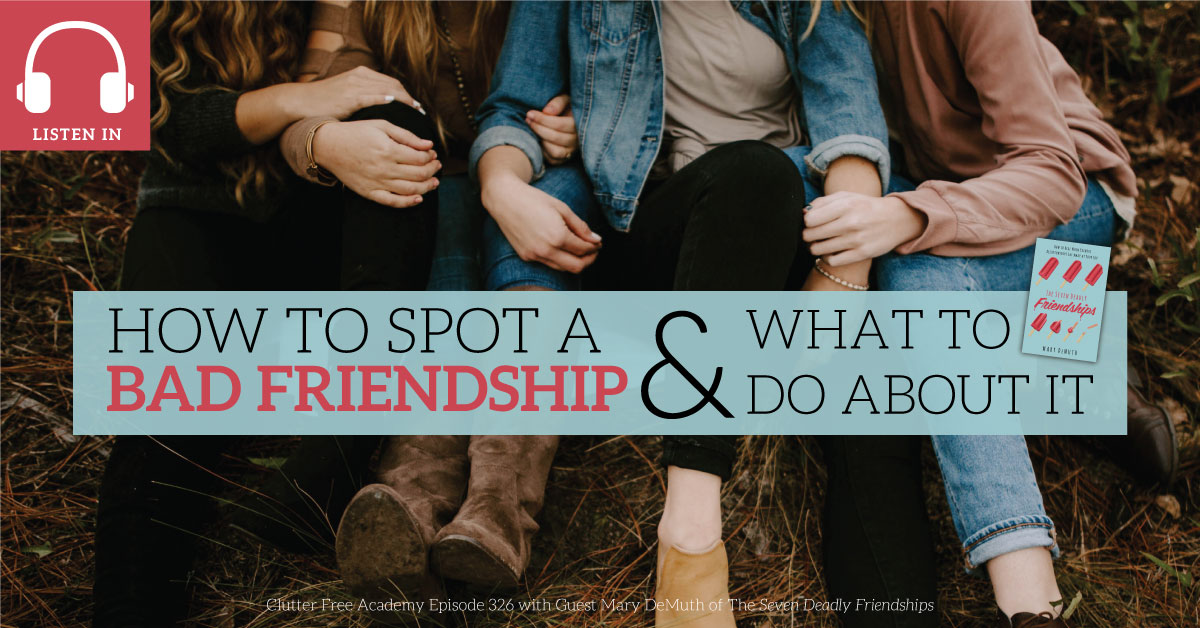 I was excited to go to game night, but also approaching it with a certain amount of dread.
I was excited to go to game night, but also approaching it with a certain amount of dread.
Patty would be there, and that was always a whole “thing.”
Patty was smart, funny and married to one of the pastors at our church. She was a “fun-instigator.” Everyone wanted to hang out with Patty and her gang of friends.
And one day, I got the invite.
There was a game night at her house. (I know, I sound like a seventh-grade girl who got invited to the cool kid’s sleepover. And if I’m being perfectly honest, that’s exactly how I felt.)
What I didn’t understand was that there was a high cost to being a “part of the gang.”
At first, I was so happy to have friends at my church that I went along with anything they would do or say. If they were making fun of another woman at church, I would giggle along. Why not? What harm was there in just laughing?
But then, as I got more involved in the church, I was expected to bring my own morsels of gossip to the communal table. Sadly, I was so in desperate need of friends that I went against my own (and God’s) code of behavior.
When I became reluctant to share, things escalated. Patty started digging online to find out more information about me, including a bad financial transaction that has stayed on my credit report for decades. (Yes – it was that bad.)
She dropped this information in front of the whole group of women. I was there, bearing witness to what she’d done to others in secret. The public shaming of who I was and what I had done.
Patty wanted all the control of my life – not just who I hung out with, but how I felt about myself. And, I discovered, would use any means to make sure she had it.
When she would say something that was hurtful, and I let her know I was hurt, she would immediately hit back with the classic deflection. “Oh my gosh! I was just kidding! Stop being so sensitive!”
It was her way of trying to control me. And I let it go on far too long.
When it comes to putting healthy boundaries into a relationship, if you’ve had “squishy” boundaries in the past, it can feel like you are changing the rule mid-friendship. And sometimes, that’s exactly what needs to happen.
Romans 12:18 says, “If it is possible, as far as it depends on you, live at peace with everyone.”
For the longest time, I felt like that verse meant, “Suck it up Kathi. You just have to take what they are giving so you can avoid conflict with them.”
But here is what I’ve finally recognized: living at peace with others means that I am also at peace. If we are both at peace, that means that there are not patterns of fear, guilt or shame prevalent in the relationship. Yes, friends mess up and say stupid things. But if you have to constantly be on guard, that is not a relationship of peace.
So how do you know when it’s time to let go of a relationship? Ask yourself these five questions:
- Is it always one-sided? Do you feel “filled up” when you spend time with your friend? On more occasions than not, do you crave time with this friend because they are good for your soul? All of our friends will have points in their lives where they will need more from us than they are able to give. (Death, divorce, depression all come to mind.) But if you giving and them taking is the definition of the relationship, it’s not a friendship, it’s an agreement to build them up and that is unhealthy for both of you.
- Is fear a motivator? If you are staying in the relationship because you fear what will happen if you are no longer friends (they will turn others against you, they will be cruel to you, etc.), that is not a good reason to stay. It actually damages you and the other person.
- Are the signs all there, but you’re just ignoring them? You know this person is not good for you, but it’s hard to put your finger on. In her book, “The Seven Deadly Friendships,” Mary DeMuth defines seven toxic friendships and what to look for. It was an incredibly eye-opening read for me and helped me do a “forensic study” on some of my past relationships. I was able to determine the types of toxic these people were and feel a sense of confirmation about leaving these particular relationships. (Patty, above, was a “Predator Paige.”)
- In order to be friends with them, do you have to ignore other healthy relationships? There are some friends who want your everything: time, energy, attention, even money. Healthy friends respect your boundaries and want other healthy relationships for you.
- Do you find yourself compromising your own values to fit in with theirs? This? Is a deal breaker.
If you are having doubts about a relationship, it is worth it to not just ask yourself these questions, but to also spend some time doing the research to understand what kind of friend they are.
And then I am going to ask you to do something radical. Don’t pray about whether you should go – pray about whether you should stay. If it’s a toxic friendship, you are not doing anyone (yourself, or her) any favors by staying.
One of the things that has proven true in both my house and my friendships: when I create boundaries and get rid of the things that I was never called to in the first place, it makes more room for the life and relationships God intended for me all along.
I would love to say that I was able to sit down with Patty and have a reasoned, holy discussion about leaving the friendship – but that’s not how my life works. Instead, as I started to say no to her and put some boundaries in the relationship in small, but significant ways. We grew apart and eventually, out of each other’s lives.
I have finally discovered that with some relationships, being at peace means not having them in your life.
In the comments, tell me about a relationship you have that is life giving. You could win a copy of Mary’s book and a $50 Starbucks gift card.
And if you are struggling with a friendship, check out Mary’s book The Seven Deadly Friendships. It was incredibly helpful in pointing out the issues with one of my current relationships – and what I should do about it.
